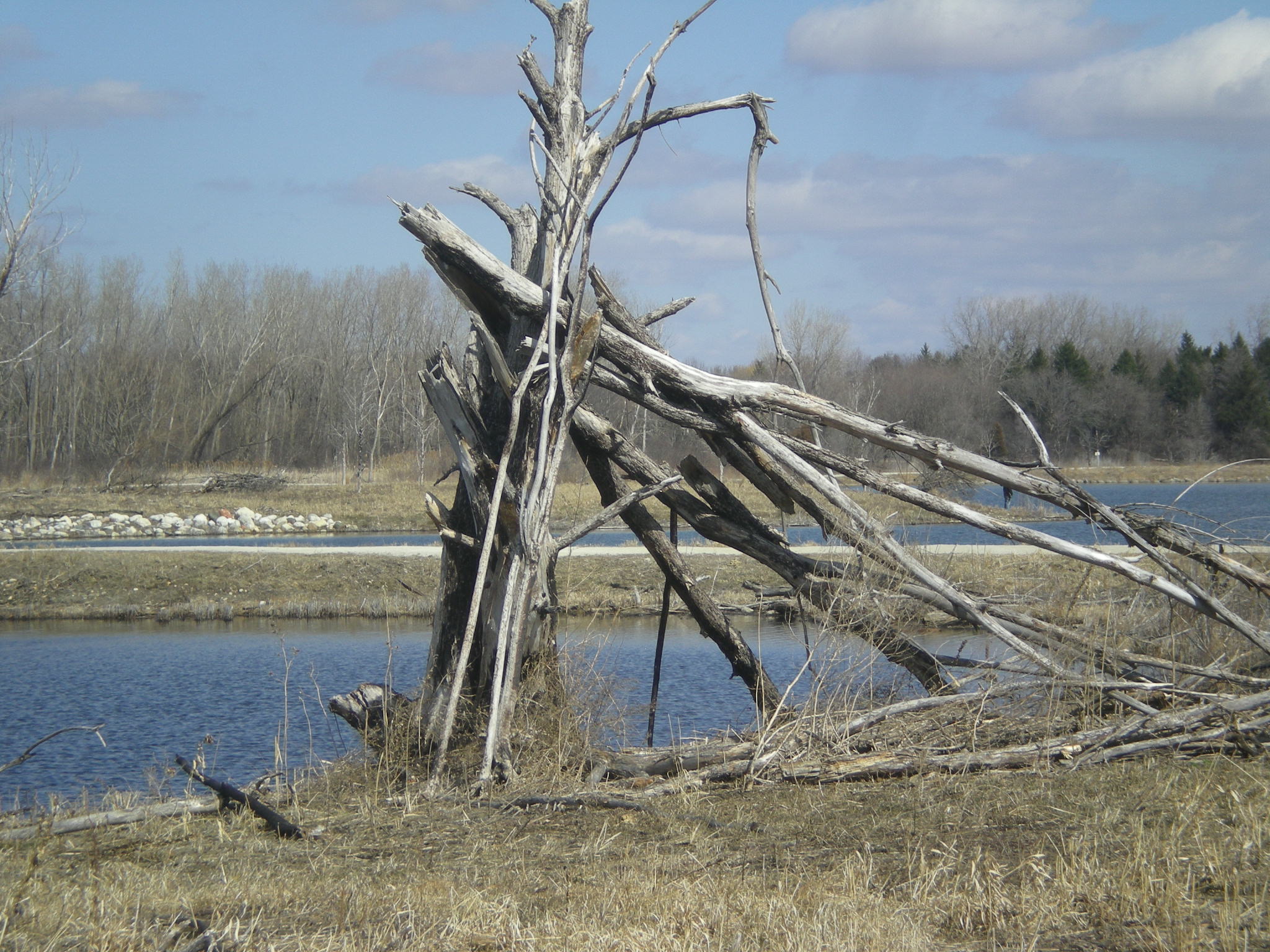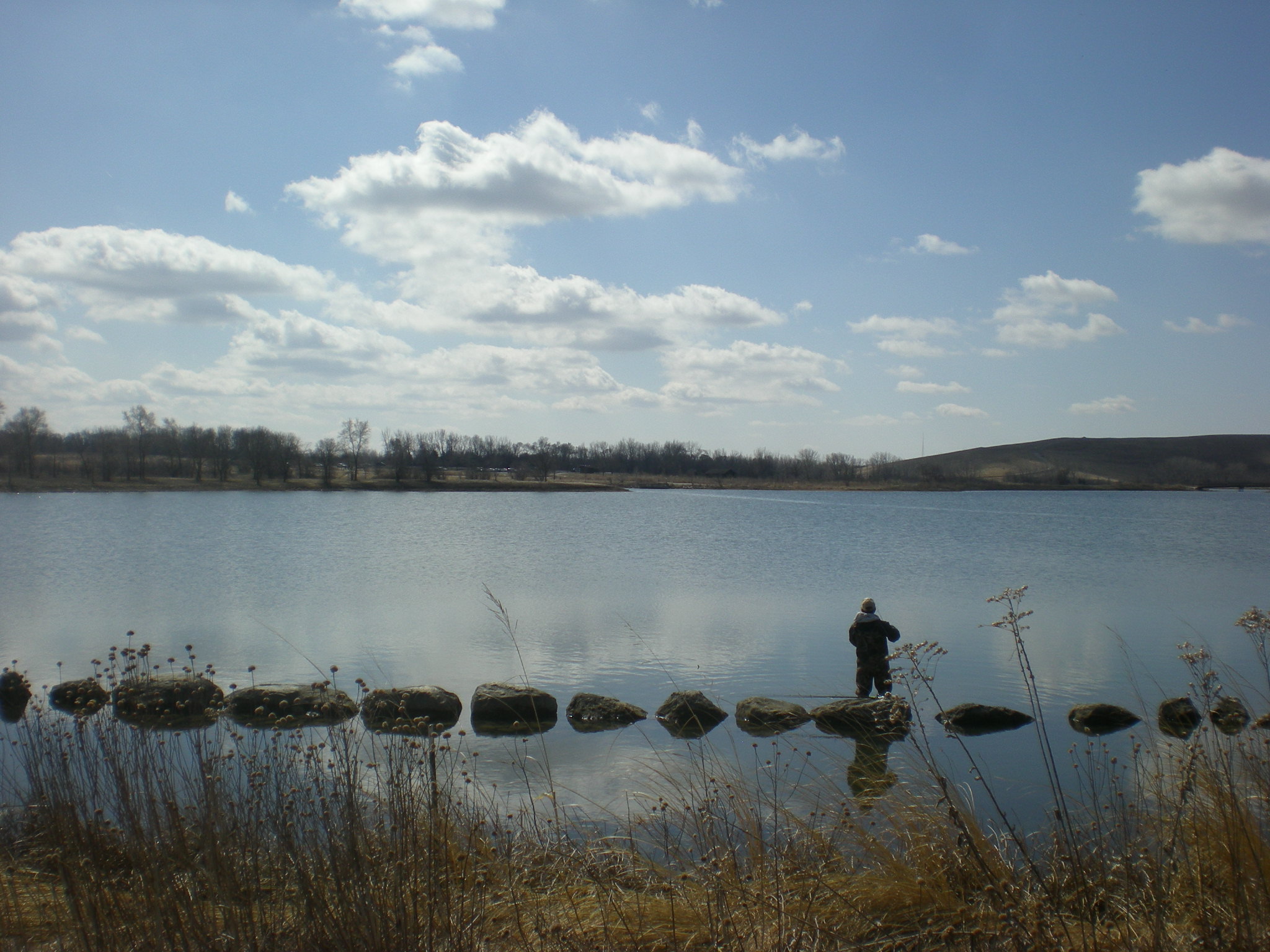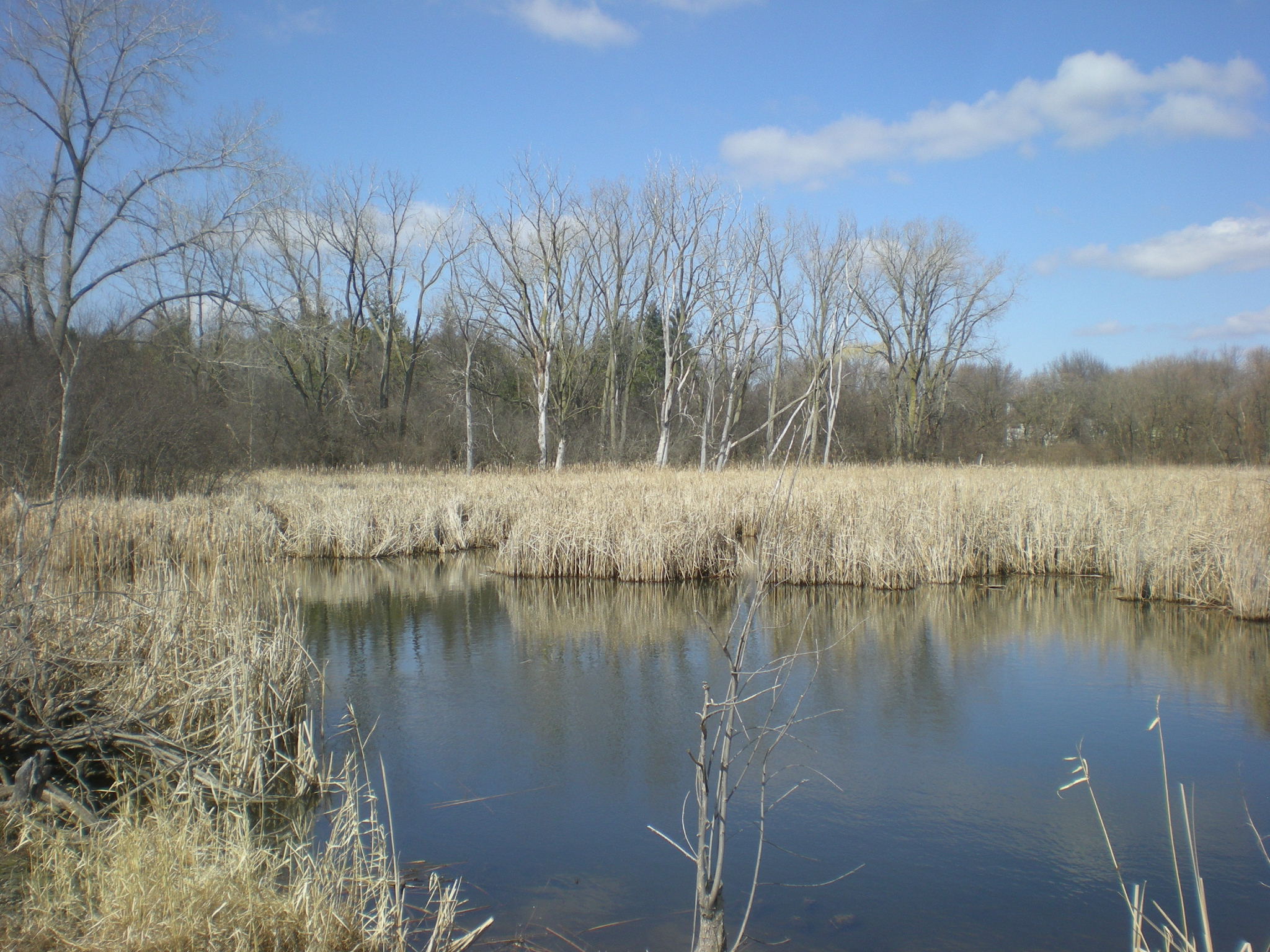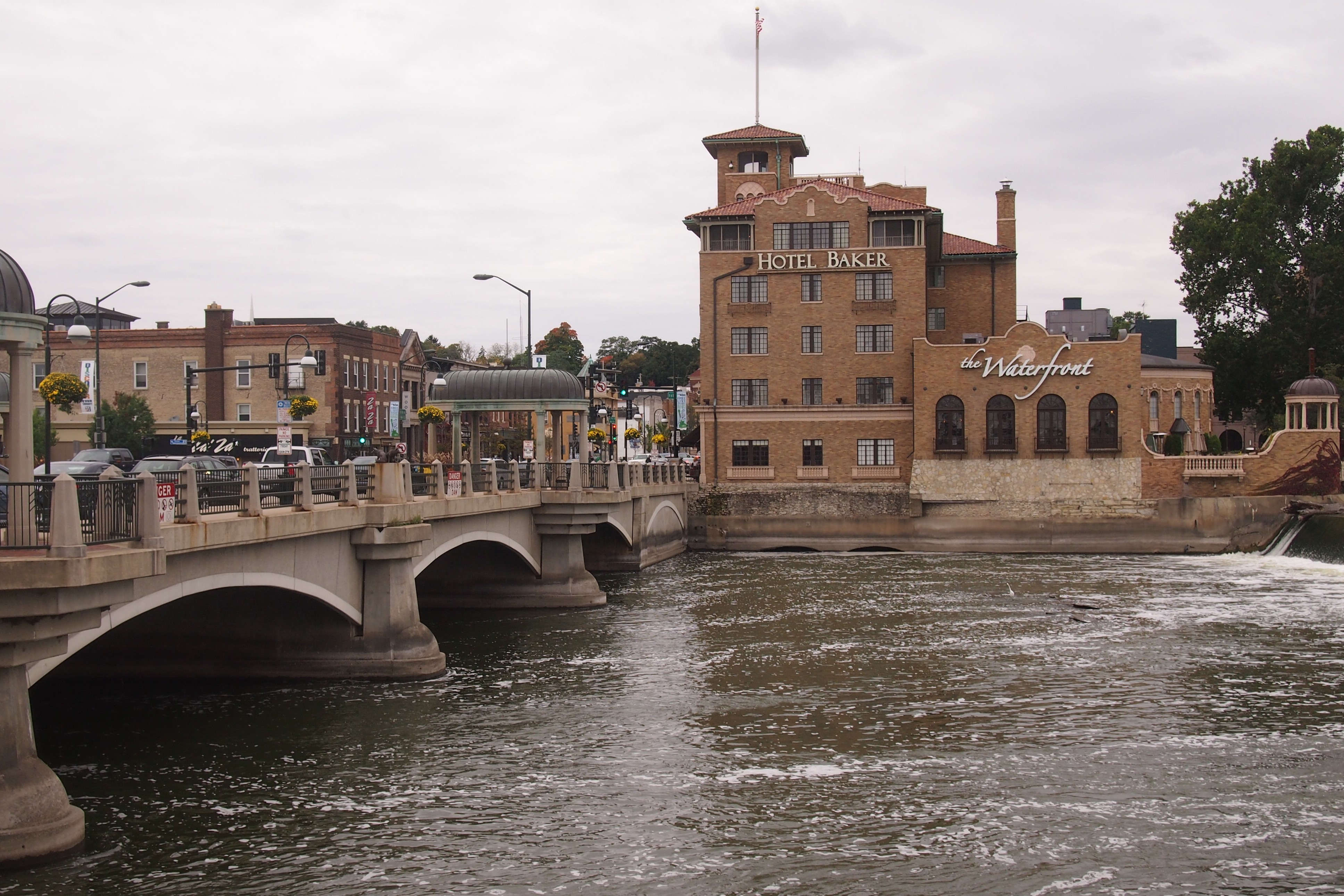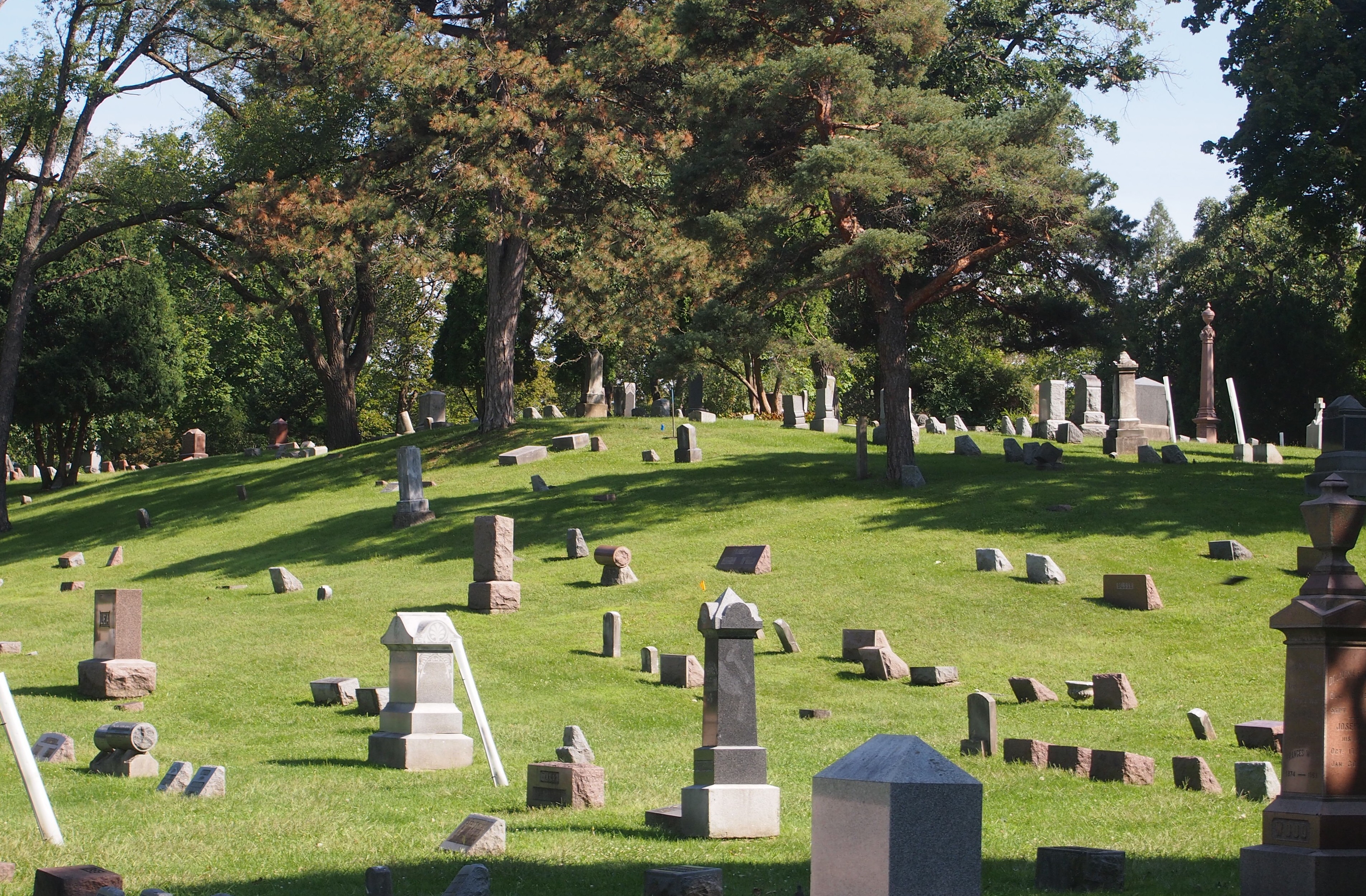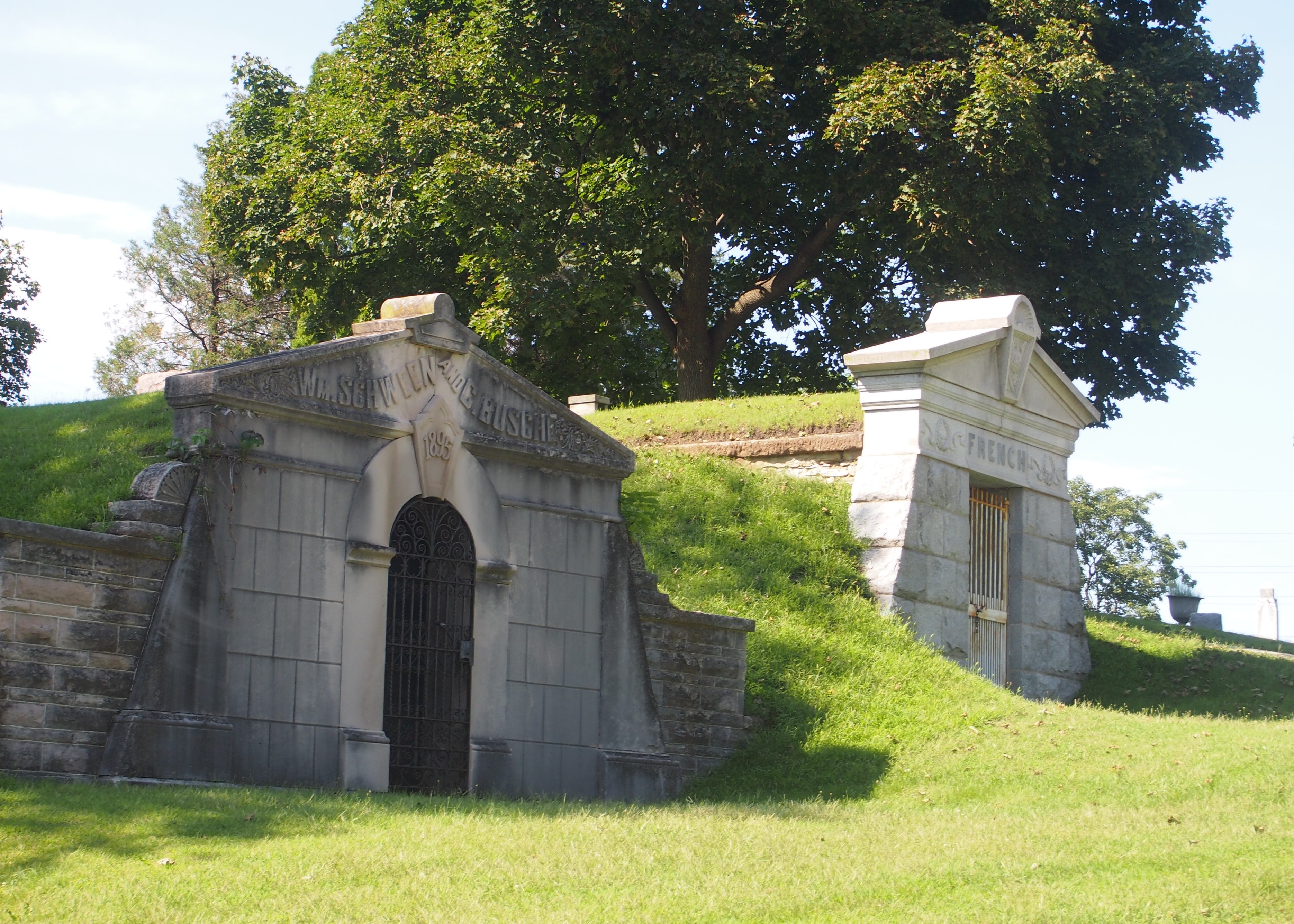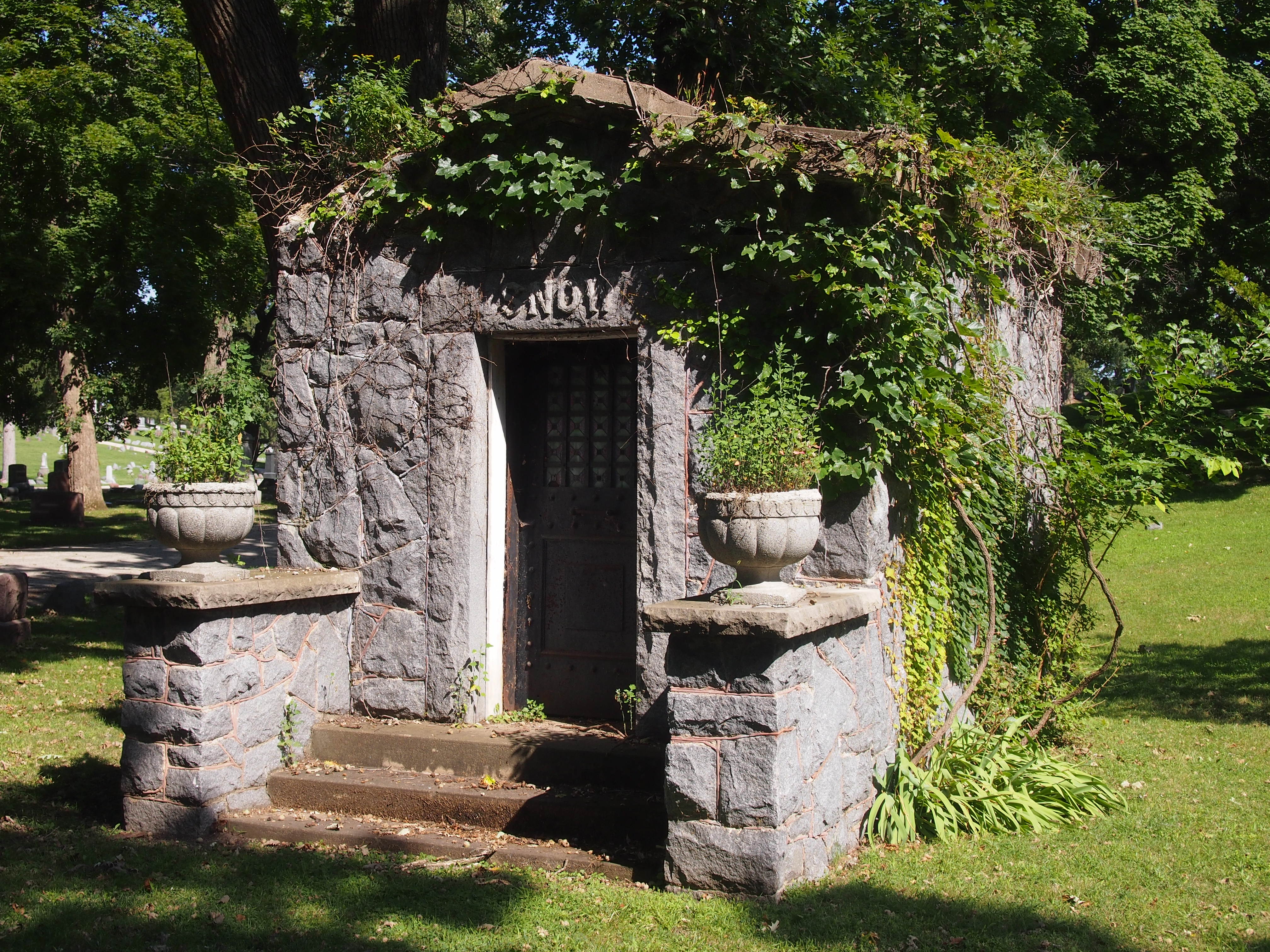Not long ago I was tramping around a small section of Spring Valley that I’d never visited, and I found a plaque I’d never seen. That’s a minor thrill. Guess I’m peculiar that way about plaques. It says:
NATIONAL CHAMPION
RED ASH
Planted here April 29, 2001
The 450-year-old parent tree is in Dowiagiac [sic], MI
Schaumburg Park District
Alas, the park district misspelled “Dowagiac,” which is a town in southwest Michigan, in bronze. Further investigation reveals that this particular tree has descendants elsewhere, including on the grounds of the Pentagon. Sen. Carl Levin spoke at the planting of a red ash there on September 10, 2002, as a memorial. Excerpts from his speech:
“The tree we plant this morning, like the other eight planted over the weekend, are actual parts of the largest – and probably oldest – red ash tree in America. That champion tree is located in Dowagiac, Michigan.
“Buds from that tree were taken and propagated by the Milarch Family Nursery in Copemish, Michigan, which seven years ago launched an inspired initiative called the Champion Tree Project. The purpose of the project is to take buds from America’s “champion” or historically significant trees and propagate them in “living libraries” throughout the country.
“ ‘Champion’ trees are the largest of their species. There are 826 species of trees in this country; Michigan has 49 champions.
“The champion red ash that these trees are part of is 95 feet tall. The trunk is over 21 feet around. It weighs somewhere between 160 and 200 tons. Most impressively, the tree is estimated to be about 450 years old.”
Here’s the Spring Valley red ash. It’s got a ways to go to be so tall and so heavy, but maybe it will as the centuries pass.
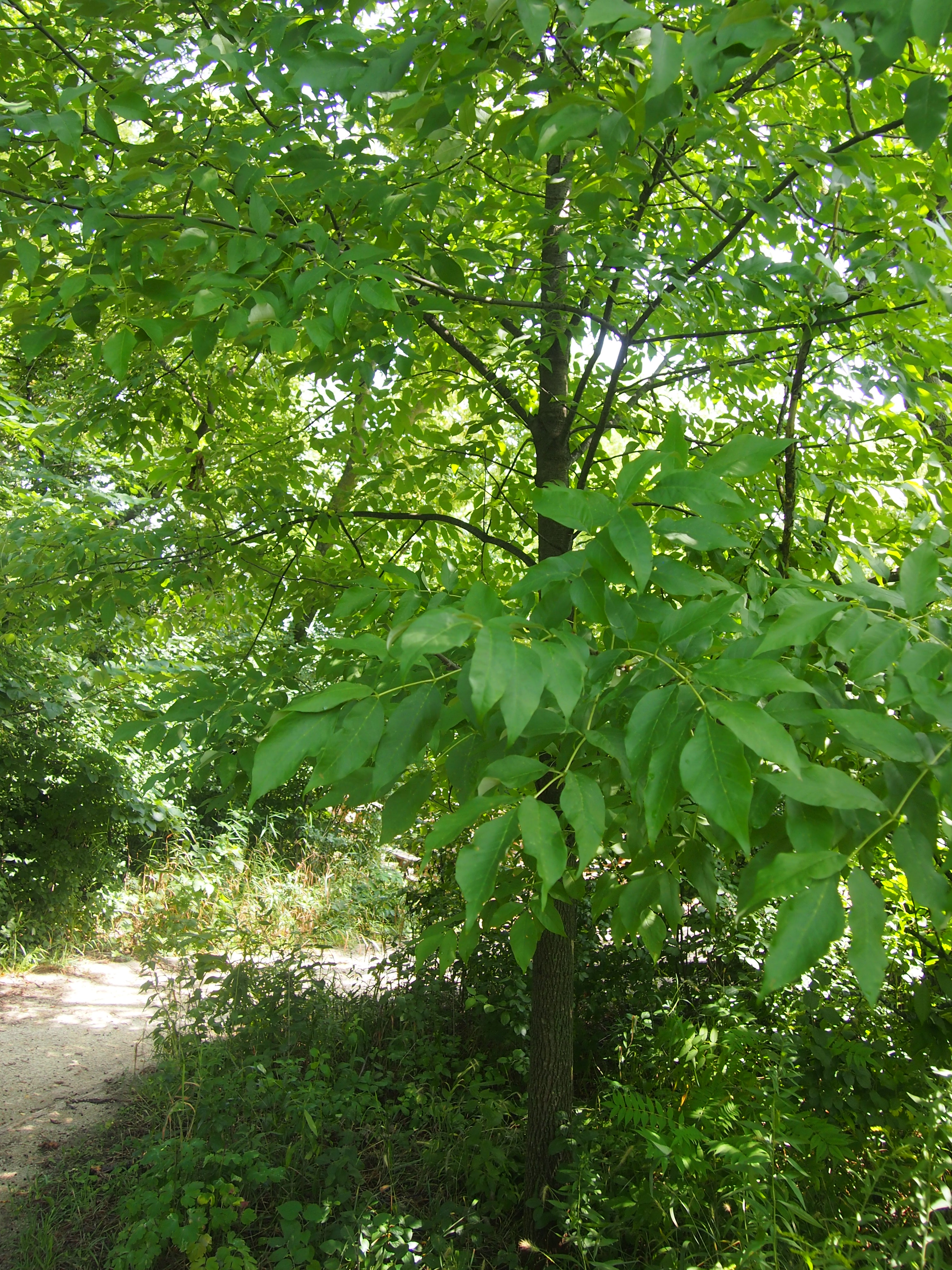 Apparently, the Champion Tree effort is still going on, though known as the Archangel Ancient Tree Archive.
Apparently, the Champion Tree effort is still going on, though known as the Archangel Ancient Tree Archive.
Meanwhile, far from all red ash trees, large and small, I was happy to read the following from NASA yesterday: “The Pluto-bound New Horizons spacecraft has traversed the orbit of Neptune. This is its last major crossing en route to becoming the first probe to make a close encounter with distant Pluto on July 14, 2015. The sophisticated piano-sized spacecraft, which launched in January 2006, reached Neptune’s orbit — nearly 2.75 billion miles from Earth — in a record eight years and eight months. New Horizons’ milestone matches precisely the 25th anniversary of the historic encounter of NASA’s Voyager 2 spacecraft with Neptune on Aug. 25, 1989.”
Jupiter and especially Saturn are show-offs, but Uranus and especially Neptune have a quiet majesty. I remember well seeing the pictures of Neptune’s blue orb in the pre-Internet newspapers and magazines of 1989. These days, of course, you can find images of Neptune easily.
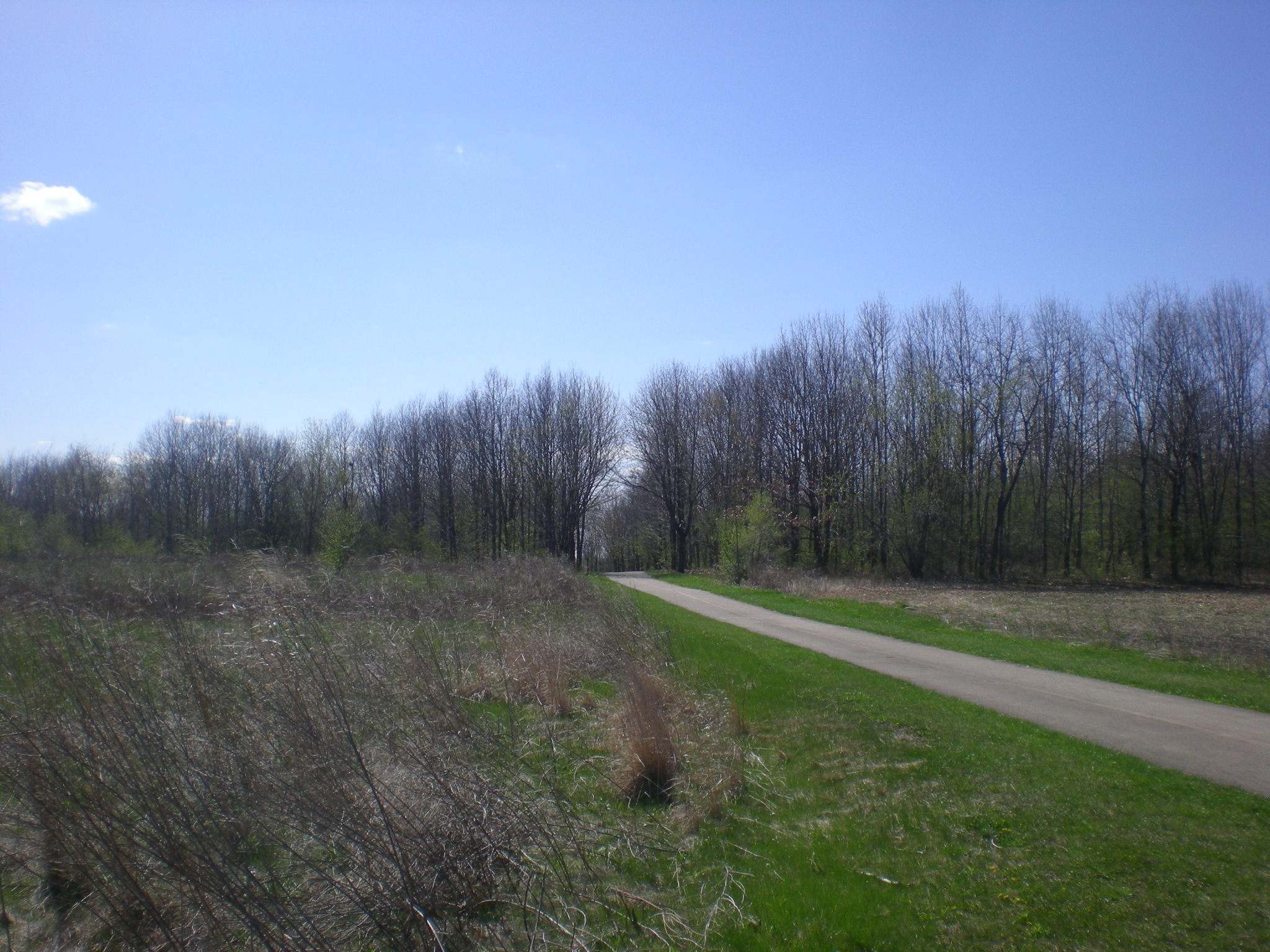 Poland had one of the smallest currencies of any country I’ve been to, since we got there a few months ahead of the redenomination of 1995. Soon notes like this Communist-era 1,000 złotych would be obsolete.
Poland had one of the smallest currencies of any country I’ve been to, since we got there a few months ahead of the redenomination of 1995. Soon notes like this Communist-era 1,000 złotych would be obsolete. They were already small change. If I remember right, the exchange rate was about 20,000 złotych to the US dollar, making this note worth about a nickel. No coins were in circulation in late 1994 in Poland, only notes; and somewhere in my envelope of worthless foreign money, I have a 50-złotych note: all of 0.25 cents at the time.
They were already small change. If I remember right, the exchange rate was about 20,000 złotych to the US dollar, making this note worth about a nickel. No coins were in circulation in late 1994 in Poland, only notes; and somewhere in my envelope of worthless foreign money, I have a 50-złotych note: all of 0.25 cents at the time.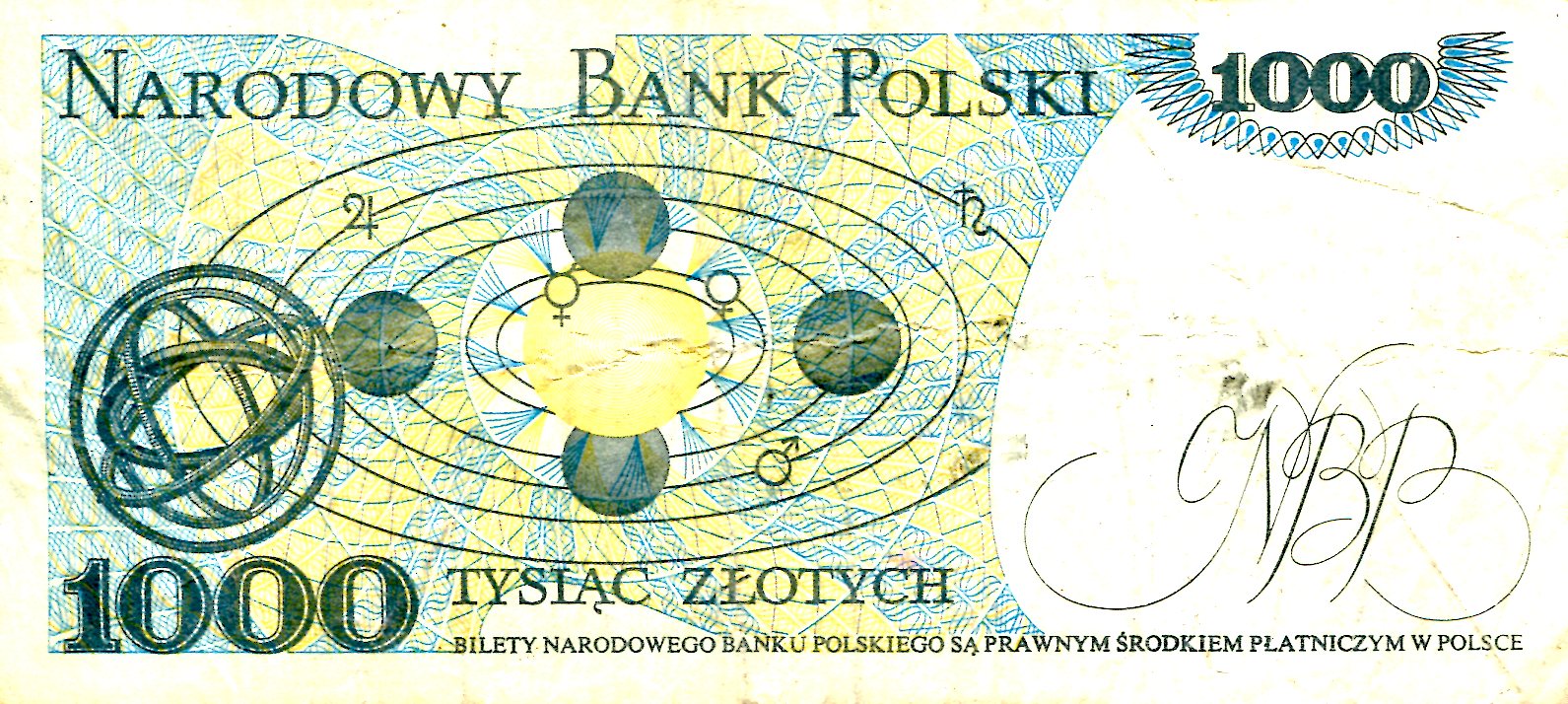 Fittingly, a Copernican solar system on the other side. As I said, the note has long been superseded by new currency at 10,000 to 1. No euros for Poland yet, though. Understandably, they’re a mite skittish about the common currency just now.
Fittingly, a Copernican solar system on the other side. As I said, the note has long been superseded by new currency at 10,000 to 1. No euros for Poland yet, though. Understandably, they’re a mite skittish about the common currency just now.


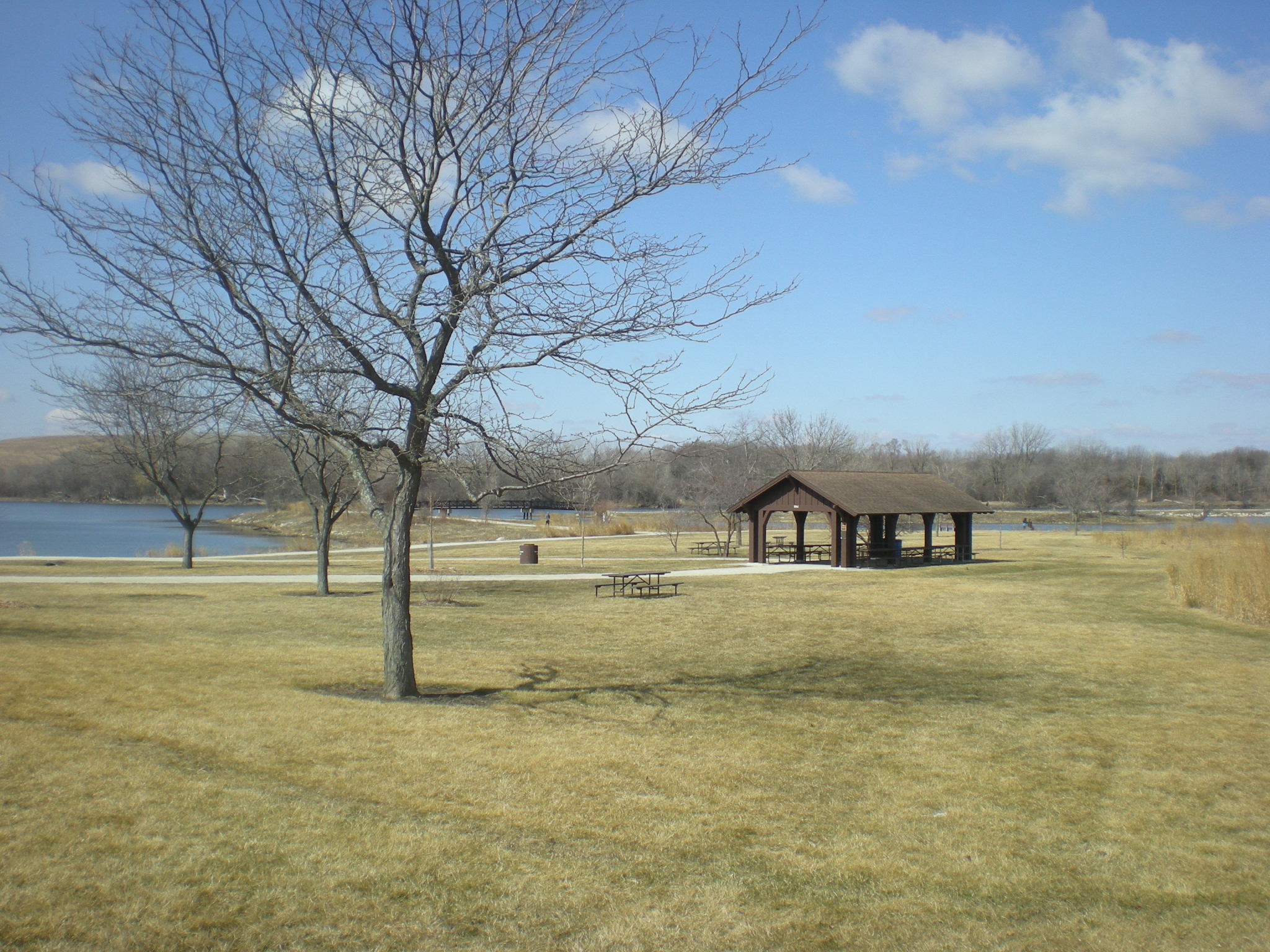 Along with deadwood, no doubt providing nutrients for future trees, or at least the grass.
Along with deadwood, no doubt providing nutrients for future trees, or at least the grass.